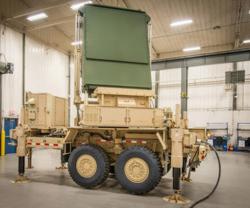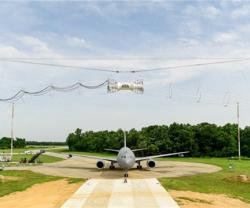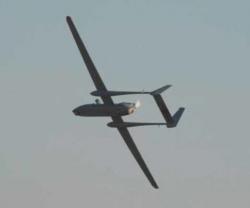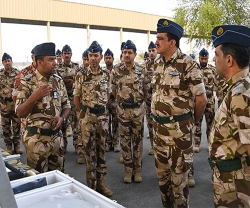The US Department of Defense plans to ask Congress for $4.5 billion in extra missile defense funding over the next five years as part of the fiscal 2015 budget request, say congressional sources and an expert.
Nearly $1 billion of that sum will pay for a new homeland defense radar to be placed in Alaska, with an additional $560 million to fund work on a new interceptor after several failed flight tests, said Riki Ellison, Founder of the nonprofit Missile Defense Advocacy Alliance, and two of the congressional sources, who were not authorized to speak publicly.
The Pentagon’s request for extra funding comes despite continued pressure on military spending and cuts in other arms programs, a sign of Washington’s concern about missile development efforts by North Korea and Iran, the sources said.
The White House plans to send its fiscal 2015 budget request to Congress on March 4. Missile defense is one of the biggest items in the Pentagon’s annual budget, although Republicans have faulted the Obama administration for scaling back funding in recent years.
The request is expected to garner bipartisan support in Congress, but it may also spark questions about billions of dollars spent over the past two decades on a “kill vehicle” built by the Raytheon Co. that is used to hit enemy missiles and destroy them on impact.
The kill vehicle is part of the larger ground-based missile defense system managed by Boeing Co. Orbital Sciences Corp builds the rockets used by the system.
Michael Gilmore, the Defense Department's chief weapons tester, last week questioned the robustness of the Raytheon kill vehicle after a series of test failures, and said the Pentagon should consider a redesign.
Twenty of the existing 30 ground-based interceptors carry the CE-1 version of the kill vehicle which failed to separate from the rest of the rocket in a flight test last July, said one of the congressional sources.
The other ten interceptors are equipped with a newer CE-2 kill vehicle, which has also suffered several problems and flight test failures, said the source.
The Missile Defense Agency aims to test fixes developed for the CE-2 kill vehicle this summer, after it wraps up its review of the July flight test failure, said agency spokesman Rick Lehner. That is months later than initially planned.
The agency’s investigation into the July failure pinpointed the cause as a power fluctuation in the kill vehicle's battery, which caused the flight control computer to reset itself, according to two of the congressional sources.
“That battery had been in that interceptor for 10 years,” said one of the sources, adding that it remained uncertain what caused the power fluctuation in the battery.
It was not immediately clear if or when an additional test of the CE-1 kill vehicle was planned.
John Patterson, a spokesman for Raytheon, said his company was working closely with Boeing and the Pentagon “to improve this program's kill vehicle capability.”
Raytheon, Boeing and Lockheed Martin Corp have already begun early conceptual work on a simpler and smaller “common kill vehicle.”
That program aims to build on the successes of Lockheed’s Aegis missile system, which uses the SM-3 missile built by Raytheon, and the propulsion system used on the current kill vehicle. The effort also hopes to reduce costs by achieving more commonality.
Source: Reuters






















